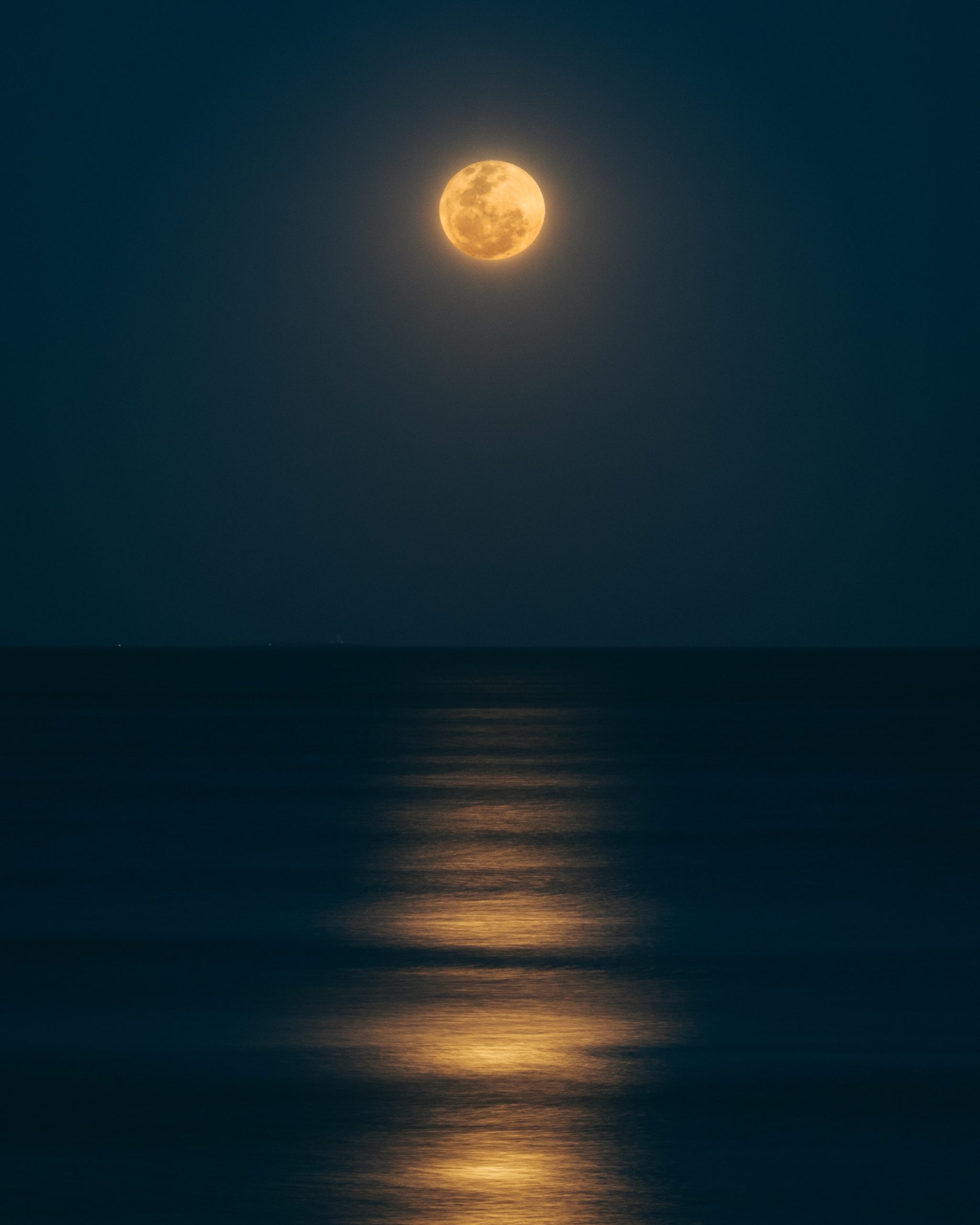French for Moonlight: A Romantic Exploration of the Word “Clair de Lune”
There is something undeniably romantic about the moon and its gentle glow that bathes the world in ethereal light. It has inspired countless poets, artists, and musicians to create works that attempt to capture its beauty and magic. In the French language, the term “clair de lune” is used to describe the mesmerizing light of the moon. In this blog post, we will delve into the meaning behind “clair de lune,” its cultural significance, and its impact on art and literature. Join us on this romantic exploration of the French expression for moonlight.
The Meaning and Origins of “Clair de Lune”
Let’s break down the phrase “clair de lune” to fully grasp its meaning. The word “clair” means “clear” or “bright,” while “de” translates to “of” in English. Lastly, “lune” is the French word for “moon.” Therefore, “clair de lune” can be directly translated as “light of the moon” or “moonlight.” However, as with any phrase, its poetic nature goes beyond its literal translation.
The term “clair de lune” was first introduced by the French poet Paul Verlaine in his 1869 poem of the same name. Verlaine’s poem, characterized by its dreamlike and sensual imagery, beautifully captures the essence of moonlight. Since then, “clair de lune” has become a popular expression in both French and English-speaking cultures to evoke the serene, romantic, and often melancholic atmosphere associated with moonlit nights.
Cultural Significance of “Clair de Lune”
French culture has long been intertwined with a fascination for the moon. In 1905, the famous French composer Claude Debussy composed a piano masterpiece titled “Clair de Lune” as the third movement of his larger work, Suite bergamasque. This composition captures the enchanting qualities of moonlight through its delicate and expressive melodies, creating a transcendent musical experience.
Outside of France, “Clair de Lune” has also made its mark in popular culture. This expressive phrase has been used as a title for various films, novels, and songs, further embedding it in the collective imagination of many.
The Influence of “Clair de Lune” on Art and Literature
“Clair de Lune” has served as a prominent source of inspiration for artists and writers alike. The evocative nature of moonlight has been depicted in countless paintings, photographs, and poems, often utilizing the phrase “clair de lune” to underscore the aesthetic and emotional qualities of their works.
The painter Pierre-Auguste Renoir, known for his Impressionist style, frequently captured moonlit scenes in his art. His painting “Clair de lune à Bougival” showcases a romantic moonlight moment between a couple, where the soft glow of the moon illuminates the scene, creating a sense of intimacy and tranquility.
Similarly, in literature, authors have often utilized “clair de lune” to enhance the mood and atmosphere of their works. One of the most notable examples is the French poet Charles Baudelaire, whose poem “Harmonie du Soir” utilizes vivid imagery of the moon, invoking a sense of desire, longing, and melancholy.
Using “Clair de Lune” in Everyday Language
Although “clair de lune” can be considered a more poetic and formal expression, it is still used in everyday language to describe moonlit scenes and create a romantic ambiance. Whether it’s a moonlit stroll, a candlelit dinner under the moonlight, or simply gazing at the moon from a window, the phrase “clair de lune” can be used to immerse oneself in the enchantment and serenity associated with moonlit moments.
Additionally, “clair de lune” is not exclusive to French-speaking countries and has been adopted into English to express the same image and feeling. The phrase has transcended language barriers, further attesting to its universal appeal.
Conclusion
The French expression for moonlight, “clair de lune,” beautifully encapsulates the enchanting qualities of the moon’s soft radiance. Its cultural significance, impact on art and literature, and its ability to evoke a romantic ambiance make it an enduring and treasured phrase. Whether you embrace it for its poetic beauty or use it to describe your own moonlit experiences, “clair de lune” invites you to lose yourself in the magical world of moonlight.
Table of Contents
